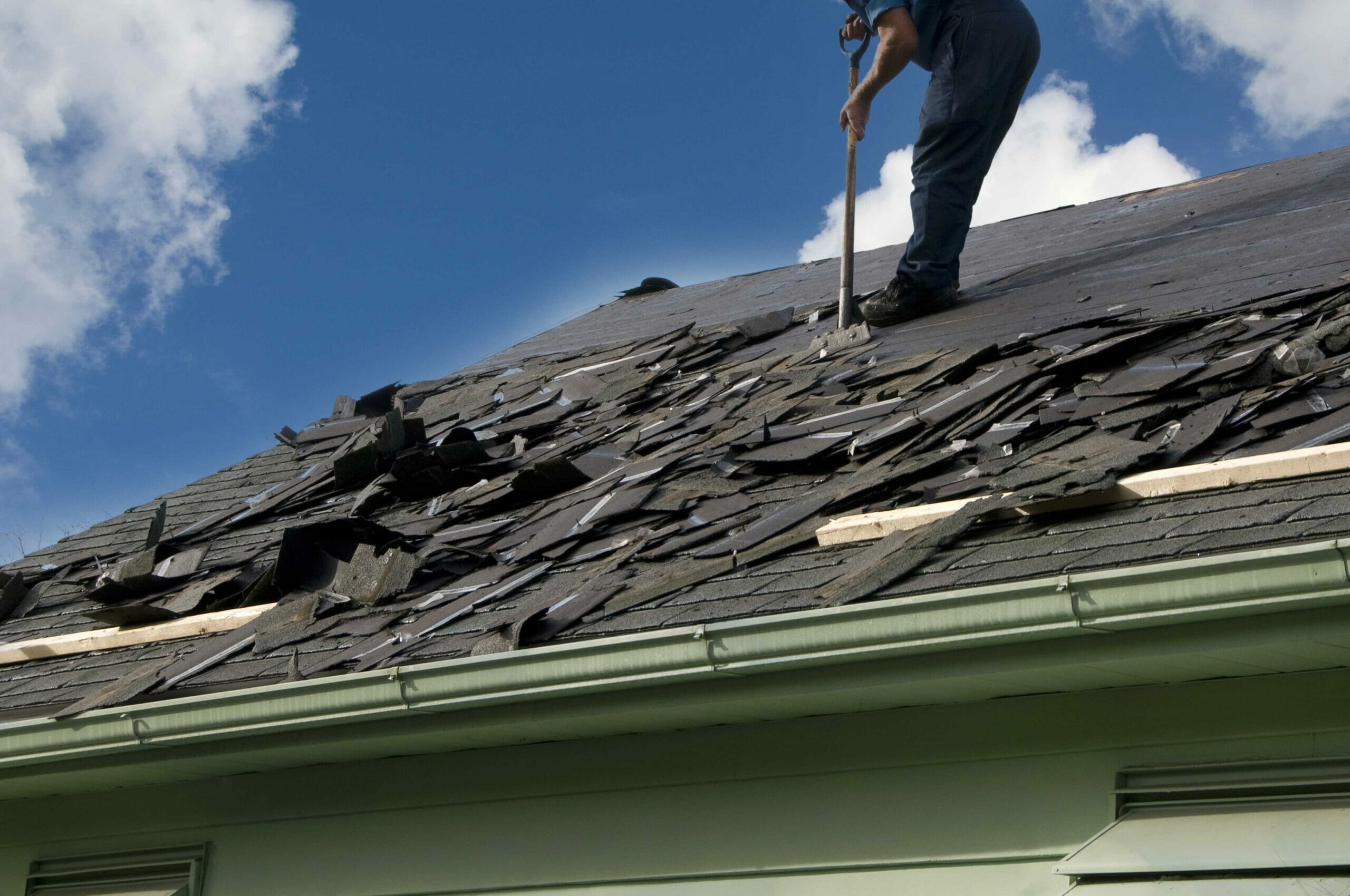
Roof Repairs After a Storm: What Homeowners Need to Know
After a powerful storm has passed, one of the most vulnerable areas of your home is the roof. High winds, hail, and flying debris can cause significant damage, leaving your roof compromised and susceptible to leaks. As a homeowner, understanding what to look for and how to address roof damage after a storm is crucial to protecting your investment and ensuring the safety of your family. In this article, we'll explore essential steps homeowners need to know when dealing with roof repairs after a storm.
1. Safety First:
Before inspecting your roof, prioritize safety. Wait for the storm to completely pass and for weather conditions to improve. Only venture onto your roof if you feel comfortable doing so, and be mindful of slippery surfaces and potential hazards.
2. Perform a Visual Inspection:
From the ground, use binoculars to assess your roof for any visible damage. Look for missing or damaged shingles, dents, cracks, or signs of uplifted roofing materials. Also, check for fallen tree limbs or debris that may have punctured the roof.
3. Check Attic and Ceilings:
Inspect your attic for signs of water leaks, such as water stains, mold growth, or dampness. Additionally, check the ceilings inside your home for any visible water damage.
4. Document the Damage:
Take photographs or videos of the roof damage and any related issues inside your home. These visual records will be useful when filing an insurance claim and working with roofing professionals.
5. Address Emergency Repairs:
If you identify any severe damage that could lead to further water intrusion, take immediate action to mitigate the problem. Place temporary tarps or covers over damaged areas to prevent water from entering your home until permanent repairs can be made.
6. Contact Your Insurance Provider:
Notify your insurance provider about the storm damage and start the claims process. Provide them with the documentation you've collected, including photographs, videos, and any information on emergency repairs.
7. Hire a Professional Roofing Contractor:
While you may be tempted to DIY roof repairs, it's best to hire a licensed and experienced roofing contractor for thorough and safe repairs. A professional will conduct a comprehensive inspection and provide expert advice on the necessary repairs or replacements.
8. Choose Quality Materials:
When replacing damaged shingles or roofing materials, opt for high-quality materials that are designed to withstand severe weather conditions. Your roofing contractor can recommend suitable options for your home.
9. Perform Regular Maintenance:
After the repairs are completed, make a habit of performing regular roof maintenance to prevent future damage. Keep gutters clean, trim overhanging tree branches, and inspect your roof periodically for signs of wear and tear.
10. Plan for the Future:
Consider investing in storm-resistant roofing materials and other protective features for your home, such as impact-resistant shingles and roofing sealants, to enhance your roof's resilience against future storms.
Roof repairs after a storm require careful attention and timely action to safeguard your home and family. By conducting a thorough inspection, documenting the damage, contacting your insurance provider, and hiring a professional roofing contractor, you can navigate the process with confidence. Prioritize safety, and don't hesitate to seek expert advice to ensure your roof is restored to its optimal condition, providing lasting protection for your home against the next storm.






